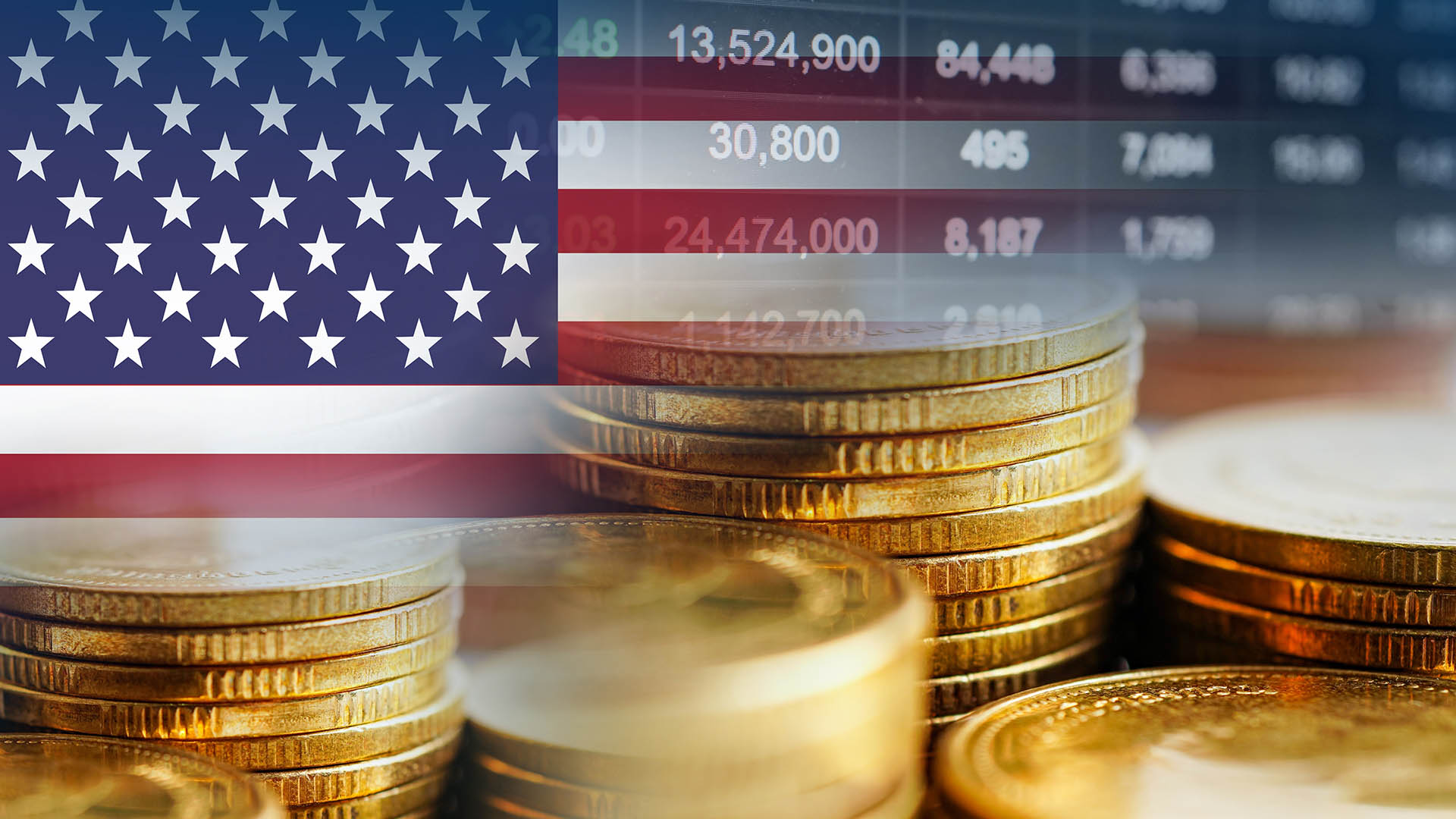On Thursday, a mixed bag of US economic data confirmed that the US economy is not heading for a recession and is, in fact, stronger than expected. In contrast, Europe faces a different scenario as the European Central Bank raised its key rate to a record high of 4% from 3.75%, despite recent economic signals suggesting weakness.
The ECB's rate hike was the highest since the euro's launch in 1999, but the central bank signaled that it would pause for now. The released retail sales and other data on Thursday are unlikely to change the US Federal Reserve's current monetary policy stance, which involves closely monitoring economic progress without immediate intervention. The Federal Reserve recognises its limited ability to control the short-term impact of high petrol prices.
Thanks to elevated oil and petrol prices, US retail sales performed better in August than anticipated, rising by 0.6% compared to the revised 0.5% in July (originally estimated at 0.7%) and market forecasts of a 0.4% increase. The increase was primarily driven by higher petrol prices, which boosted sales by 5.2%. Excluding petrol and oil, spending still showed strength, with sales increasing by 0.2% instead of the market's forecasted stagnation.
Economists analysing the data noted that consumer spending remained robust across various retail sectors, including clothing stores, electronics shops, and health stores. Meanwhile, US jobless claims, also released on the same day, continued to indicate low levels of layoffs, affirming the strength of the labor market. Initial claims for state unemployment benefits rose slightly to 220,000 for the week ending September 9 from the previous week's 217,000, which was slightly below economists' forecast of 225,000 claims for the latest week.
The most recent claims figures fell within the year-to-date range of 194,000 to 265,000. Additionally, the higher petrol and oil prices had a significant impact on the Producer Price Index (which measures wholesale prices), leading to an unexpectedly large increase of 0.7%. This was the most significant monthly rise in over a year. Excluding the impact of petrol and oil, the core reading of the index increased by 0.3%. The energy index surged by over 10%, while gasoline prices soared by 20%.
However, there are a couple of obstacles on the horizon for the US economy. Credit card balances have sharply risen, with delinquencies reaching an 11-year high in the second quarter, according to recent data from the New York Federal Reserve. US consumers are depleting their reserves, with the savings ratio dropping to 3.50% in July, compared to the most recent high of 4.7% in May. Moreover, millions of Americans are set to resume payments on student loans in October due to a decision by the conservative-dominated US Supreme Court. Goldman Sachs estimates that the full resumption of payments would equate to approximately $US70 billion, or around 0.3% of disposable personal income.














